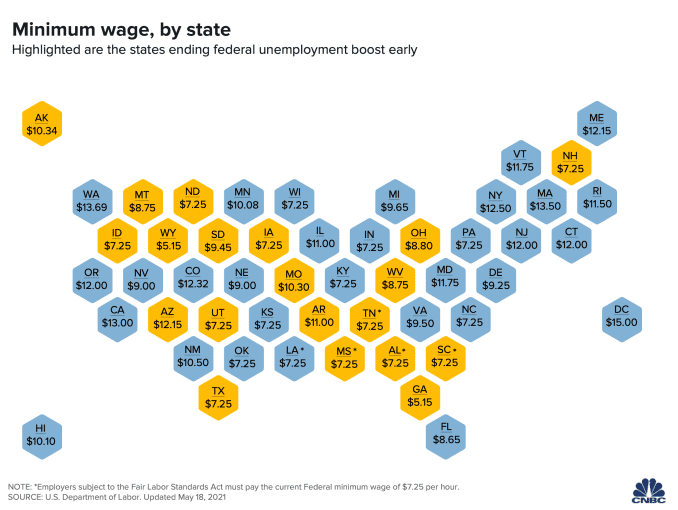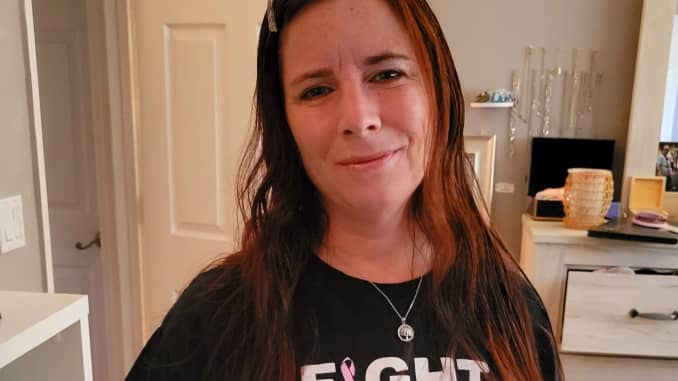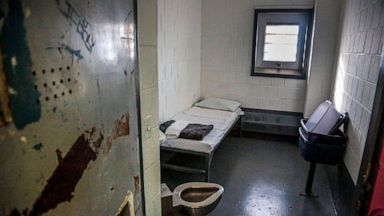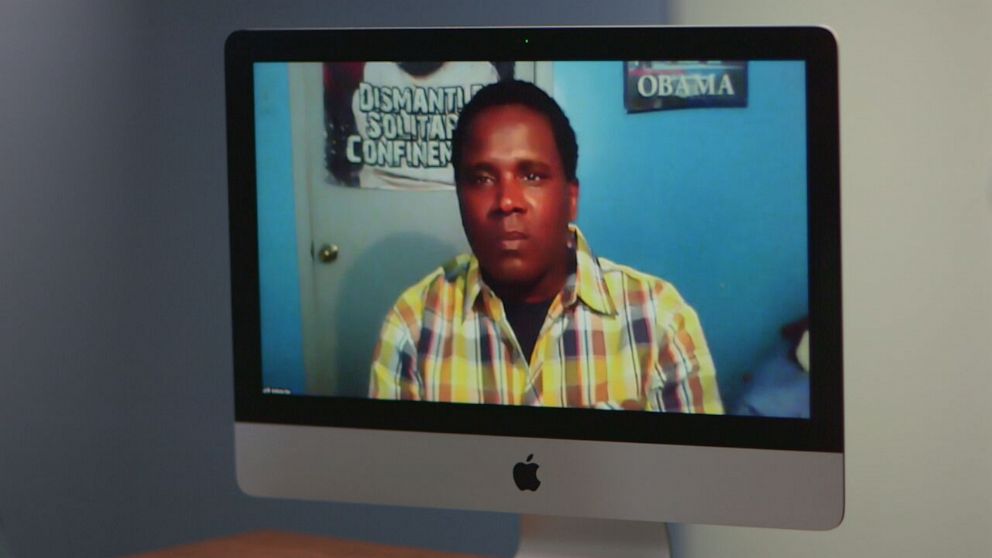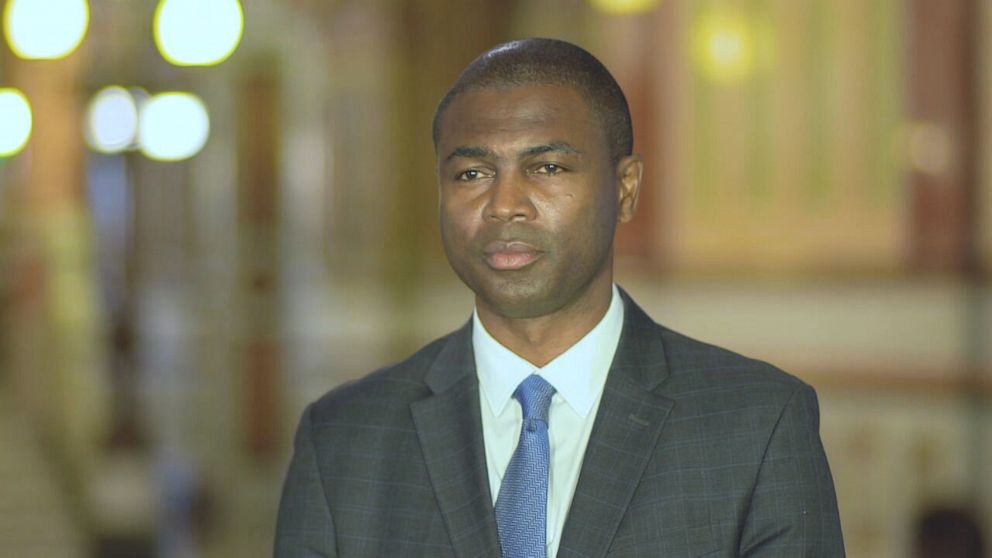Government plan for public to be consulted on measures to tackle practice criticised by gay rights advocates
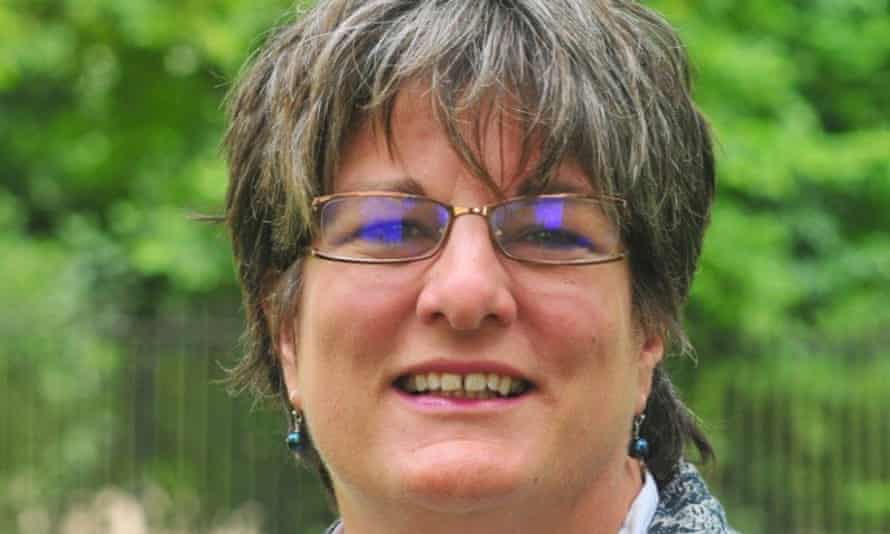
Jayne Ozanne, a former government adviser on LGBT issues, said a dangerous loophole risked being created if ministers focused purely on coercive practices. Photograph: Sam Atkins
Harriet Sherwood
@harrietsherwood
Tue 11 May 2021
Campaigners for LGBT+ rights have criticised the prospect of a further delay before ministers fulfil a pledge to ban conversion practices, sometimes known as “gay cure” therapy.
Consultations will be held before measures to ban the “coercive and abhorrent practice” are brought forward, the government said on Tuesday. It first pledged to introduce a ban three years ago.
The government said it wanted to ensure action was “proportionate and effective, and does not have unintended consequences”. Freedom of speech must be defended and religious freedom upheld, it said.
No timeframe has been given for the consultation but the government wants it to be “short and prompt”, the prime minister’s spokesperson said. The government has also commissioned research into the scope of practices and experiences of those subjected to conversion therapy.
Liz Truss, the minister for women and equalities, said: “This government has always been committed to stamping out the practice of conversion therapy. We want to make sure that people in this country are protected, and these proposals mean nobody will be subjected to coercive and abhorrent conversion therapy.”
Jayne Ozanne, who quit as a government adviser on LGBT issues in March, said she was relieved a ban would be introduced but added: “We do not need yet more delay, they have consulted long enough. We need action now before more lives are lost.”
She warned that a “dangerous loophole” risked being created if the government focused purely on coercive practices. Talking therapies and prayer are also used to try to suppress sexuality.
Polling released on Tuesday by YouGov shows that almost two-thirds (64%) of British adults believe conversion therapy should be banned. Support for banning the practice is shared across the political spectrum and all age groups, according to the survey of 1,803 adults in April.
Dr Adrian James, president of the Royal College of Psychiatrists, said conversion therapy was “unacceptable and harmful” and the college fully supported a ban.
Harriet Sherwood
@harrietsherwood
Tue 11 May 2021
Campaigners for LGBT+ rights have criticised the prospect of a further delay before ministers fulfil a pledge to ban conversion practices, sometimes known as “gay cure” therapy.
Consultations will be held before measures to ban the “coercive and abhorrent practice” are brought forward, the government said on Tuesday. It first pledged to introduce a ban three years ago.
The government said it wanted to ensure action was “proportionate and effective, and does not have unintended consequences”. Freedom of speech must be defended and religious freedom upheld, it said.
No timeframe has been given for the consultation but the government wants it to be “short and prompt”, the prime minister’s spokesperson said. The government has also commissioned research into the scope of practices and experiences of those subjected to conversion therapy.
Liz Truss, the minister for women and equalities, said: “This government has always been committed to stamping out the practice of conversion therapy. We want to make sure that people in this country are protected, and these proposals mean nobody will be subjected to coercive and abhorrent conversion therapy.”
Jayne Ozanne, who quit as a government adviser on LGBT issues in March, said she was relieved a ban would be introduced but added: “We do not need yet more delay, they have consulted long enough. We need action now before more lives are lost.”
She warned that a “dangerous loophole” risked being created if the government focused purely on coercive practices. Talking therapies and prayer are also used to try to suppress sexuality.
Polling released on Tuesday by YouGov shows that almost two-thirds (64%) of British adults believe conversion therapy should be banned. Support for banning the practice is shared across the political spectrum and all age groups, according to the survey of 1,803 adults in April.
Dr Adrian James, president of the Royal College of Psychiatrists, said conversion therapy was “unacceptable and harmful” and the college fully supported a ban.








